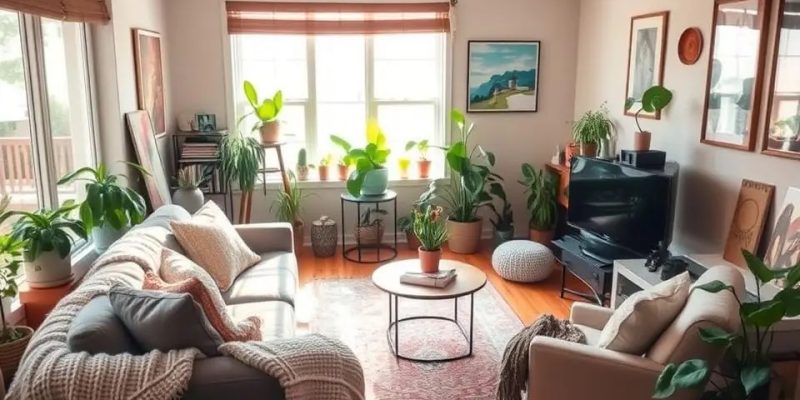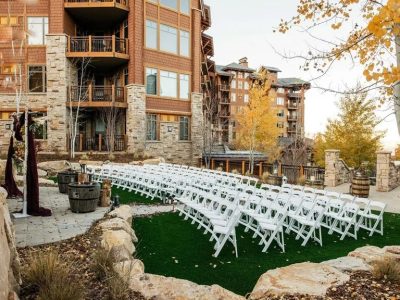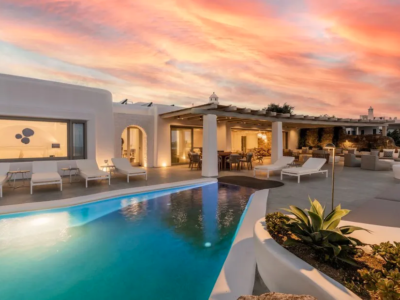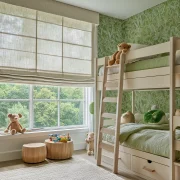When it comes to selling a home, first impressions are everything. A well-staged home can create an emotional connection with potential buyers, helping them envision themselves living there. But what if you’re on a budget? Can you still achieve a high-end look without breaking the bank? Absolutely! Let’s discuss how you can transform a space using smart, affordable home staging strategies.
Why Home Staging Matters
Before we dive into tips, it’s important to understand why home staging is so powerful. Studies show that staged homes sell faster and often for higher prices than unstaged ones. Why? Because buyers don’t just purchase property—they buy a lifestyle. When a home feels inviting, organized, and visually appealing, it becomes easier for buyers to imagine their future in it.
Ask yourself: if two homes are listed at the same price, but one feels warm and beautifully presented while the other looks dull and cluttered, which one would you choose? This simple psychological edge is why staging matters, even on a tight budget.
Decluttering: The Zero-Cost Game Changer
One of the most impactful and cost-free steps is decluttering. Too much furniture, personal items, or decor can make a home feel smaller and distract buyers from its best features.
How to Declutter Effectively
- Start room by room, removing unnecessary furniture and knick-knacks.
- Clear countertops, shelves, and mantels—less is more.
- Box up personal items like family photos to create a neutral environment.
- Organize closets and cabinets; buyers will peek inside, and clutter can signal lack of storage space.
Decluttering not only improves aesthetics but also creates the illusion of a bigger, brighter space—something buyers love.
Rearranging Furniture for Maximum Impact
Once the space is cleared, the next step is furniture placement. You don’t need to buy new furniture to make a home look inviting. Instead, rearrange what you already have to enhance flow and highlight the room’s best features.
Key Furniture Staging Tips
- Create open walkways and avoid blocking natural light sources.
- Arrange seating to create cozy, conversational spaces.
- Angle furniture slightly to add depth and interest.
- Use lightweight pieces to avoid a cramped feel.
Sometimes, simply moving a couch away from the wall or swapping chairs between rooms can make a significant difference.
The Power of Neutral Colors
Painting is one of the most budget-friendly ways to give a home a fresh, clean look. But what colors should you choose? Neutral tones like soft beige, warm gray, or creamy white are ideal because they appeal to a broad range of buyers.
Why Neutral Colors Work
- They make rooms feel larger and brighter.
- They create a blank canvas for buyers to imagine their own style.
- They evoke a sense of calm and cleanliness.
Even painting one or two key areas—such as the living room or entryway—can make a major impact without requiring a full home makeover.
Lighting: Affordable Ways to Brighten Up
Lighting can dramatically affect how a space feels. A poorly lit room can appear small and uninviting, while a well-lit space feels open and welcoming.
Budget-Friendly Lighting Tips
- Use higher wattage bulbs (within fixture limits) for a brighter feel.
- Add floor lamps or table lamps to dark corners.
- Open curtains and blinds to maximize natural light.
- Replace outdated light fixtures with modern yet inexpensive options.
Sometimes, simply changing old bulbs to soft white LED ones can make the entire home feel more vibrant and refreshed.
Accessorizing Smartly: Less is More
Accessories bring warmth and style to a staged home, but you don’t need to spend much. In fact, you may already own items that can work beautifully.
Affordable Staging Accessories
- Throw pillows and blankets to add texture and color.
- A few pieces of wall art to create focal points.
- Fresh flowers or greenery to bring life to the space.
- Stylish area rugs to define seating areas.
Remember, the goal is to complement the home, not overpower it. Too many accessories can clutter the space and distract buyers.
Focusing on Key Rooms
If you’re working with a limited budget, focus your staging efforts on the rooms that matter most to buyers. Typically, these include the living room, kitchen, and master bedroom. These spaces have the greatest influence on purchasing decisions.
Staging Priorities
- Living Room: Make it feel spacious, welcoming, and comfortable.
- Kitchen: Clear countertops, display a bowl of fresh fruit, and ensure it feels spotless.
- Master Bedroom: Aim for a serene and luxurious look with fresh linens and minimal decor.
Bathrooms should also feel clean and spa-like. A few fresh towels, a small plant, and a scented candle can elevate the space dramatically.
Creative DIY Solutions
Many home staging upgrades can be achieved with do-it-yourself creativity. From repurposing furniture to making simple decor pieces, small touches can add big value.
Easy DIY Ideas
- Create wall art using inexpensive frames and printable artwork.
- Refinish old furniture with a fresh coat of paint.
- Use decorative baskets for storage and style.
- Arrange books, vases, or candles in a visually pleasing way on shelves.
Not only are DIY solutions cost-effective, but they also give the home a unique, personalized charm.
Enhancing Curb Appeal on a Budget
Don’t forget the exterior! The first thing buyers see is the outside of the home, and it sets the tone for the entire showing.
Simple Curb Appeal Boosters
- Mow the lawn, trim bushes, and remove weeds.
- Add a fresh doormat and potted plants near the entrance.
- Repaint or clean the front door for a welcoming touch.
- Power wash walkways, driveways, and siding for a clean appearance.
Even small improvements can create a positive first impression before buyers step inside.
Final Touches: Creating the Right Atmosphere
Once everything is staged, focus on creating an inviting atmosphere. During showings, open windows to let in fresh air, play soft background music, and make sure the home smells pleasant—nothing too strong or artificial.
Would you feel more drawn to a home that feels warm and inviting or one that feels cold and unkempt? Atmosphere can often seal the deal.
Is Professional Help Worth It?
If you have a little more room in your budget, consider hiring a professional home stager for a consultation. Many offer affordable packages where they provide guidance, and you handle the staging work yourself. This hybrid approach can maximize results while keeping costs low.
Conclusion
Home staging doesn’t have to drain your wallet. With decluttering, smart furniture arrangement, fresh paint, proper lighting, and thoughtful accessories, you can create a welcoming environment that appeals to buyers. Remember, it’s not about how much you spend—it’s about how effectively you highlight a home’s potential.
So, are you ready to transform your space on a budget? Which of these tips will you try first? Let’s discuss how a little creativity can lead to a big payoff when it comes to staging your home for success.













Comments